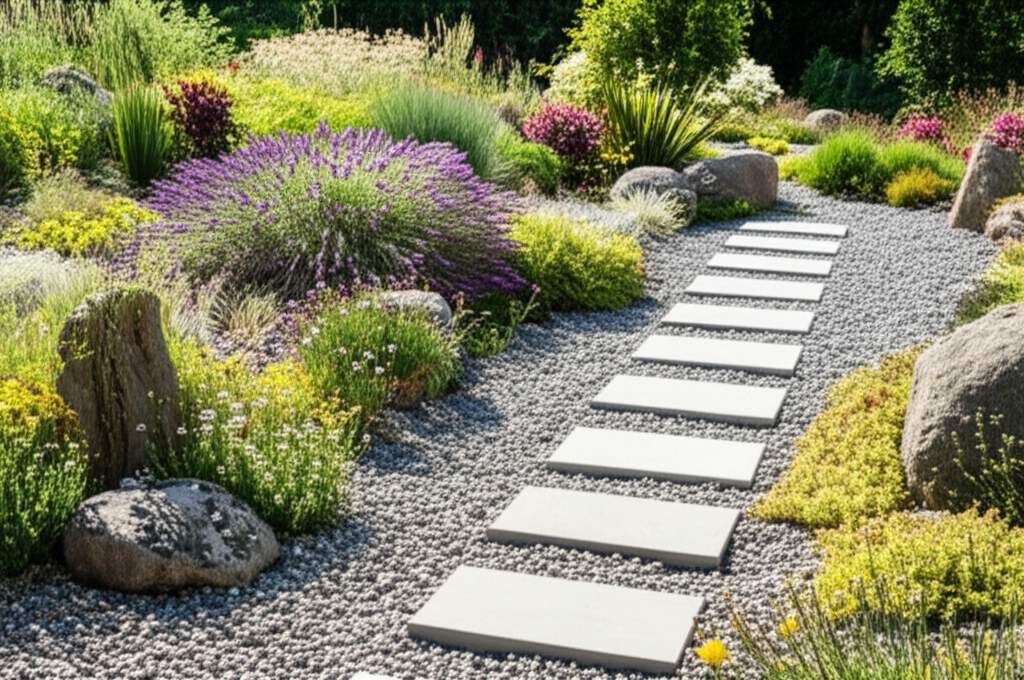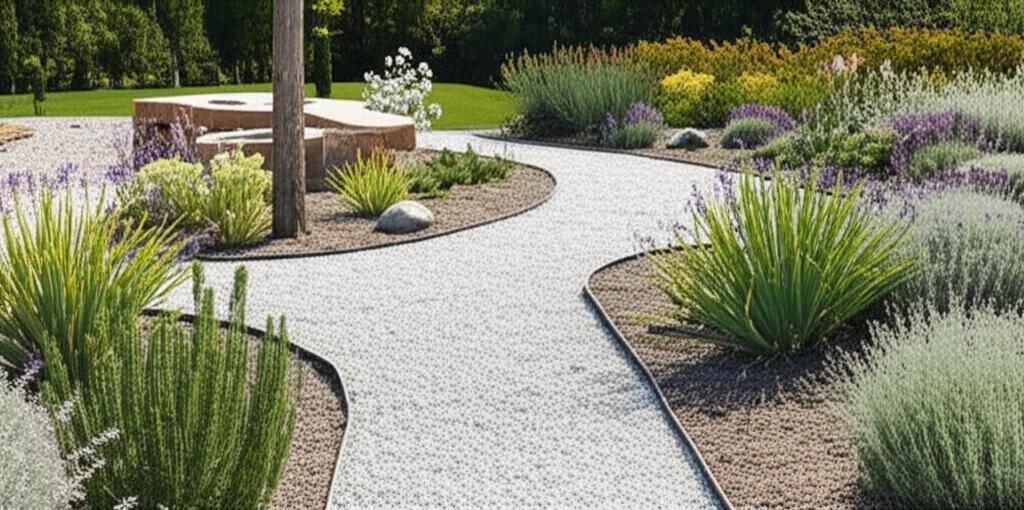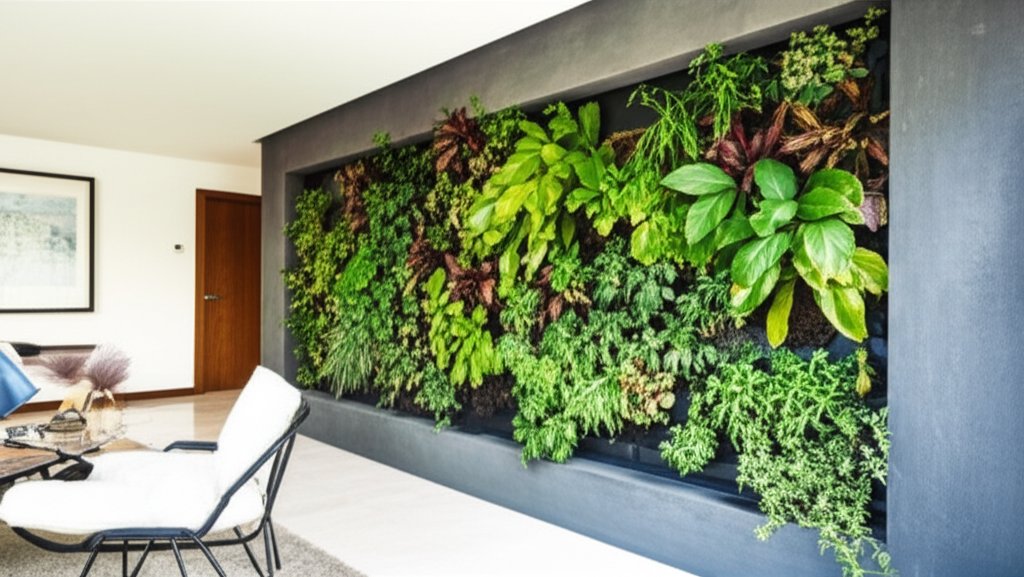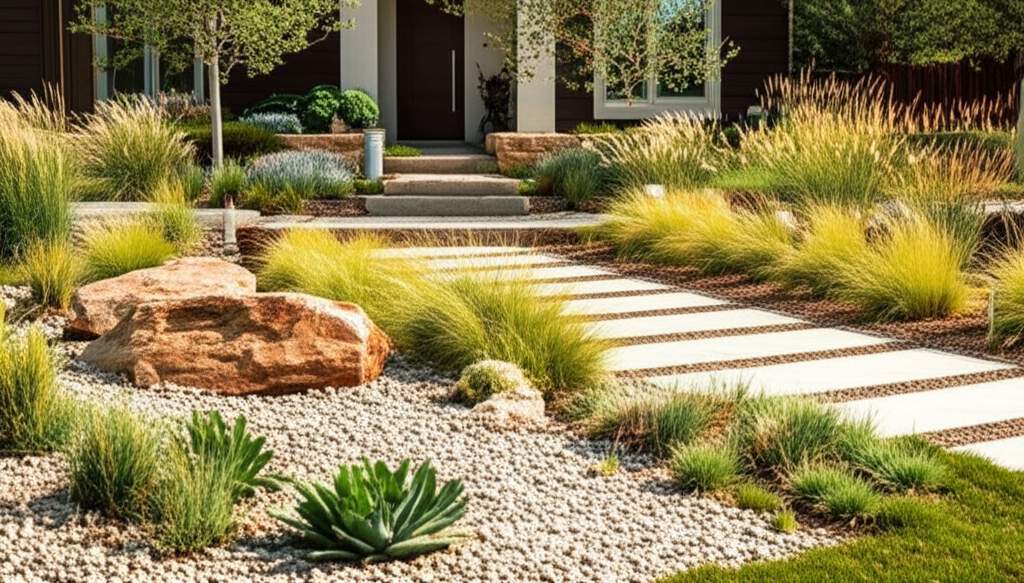Gravel Gardens: Reclaim Your Weekends with Low-Maintenance Beauty
Do you find yourself dreading the weekend because it means hours of yard work? Mowing lawns, pulling weeds, and watering thirsty plants can turn your outdoor space into a burden rather than a joy. If you are yearning for a stunning yard that does not demand constant attention, a gravel garden could be the perfect solution to transform your space into a serene, sustainable haven.
Gravel gardens stand out as a practical and visually appealing approach to landscaping. They thrive even in challenging conditions, conserve precious water, and maintain their charm throughout the year. Best of all, they free up your time by slashing the need for ongoing maintenance, letting you enjoy your weekends without a to-do list looming over you.
What Makes a Gravel Garden Unique
At its core, a gravel garden replaces traditional grass or heavy plantings with gravel or crushed stone as the primary ground cover. The plants selected for these gardens are typically drought-tolerant, meaning they flourish with minimal water and endure tough environments. This combination results in a landscape that is not only water-wise but also environmentally friendly, reducing your ecological footprint while enhancing your yard's aesthetic.
The versatility of gravel gardens adds to their allure. You can craft a minimalist, modern look with sharp lines and ornamental grasses, or opt for a more organic, untamed vibe with vibrant flowering perennials. Regardless of the style, the reduced need for watering, mowing, and trimming makes this design a game-changer for busy homeowners.
Mapping Out Your Gravel Garden
Before you start spreading gravel, take a moment to assess your outdoor space with intention. Walk through your yard, observing where sunlight hits most, how water flows after rain, and which areas you want to highlight for relaxation or visual impact. Gravel gardens perform best in sunny, open spots, and they are forgiving of poor soil since many drought-tolerant plants actually prefer leaner conditions.
Consider the purpose of your garden. Do you envision a tranquil seating nook, a winding pathway to draw the eye, or a complete lawn replacement? Sketching a simple layout can help you visualize how gravel and plants will interact, ensuring a cohesive design that suits your lifestyle and preferences.
Laying the Foundation for Success
Proper groundwork is essential for a thriving gravel garden. Start by clearing the area of weeds, debris, and old turf, then level the soil to create a stable base. Lay down a breathable weed barrier fabric to prevent unwanted growth from sneaking through; this step saves countless hours of weeding down the line.
Once the fabric is in place, spread a layer of gravel about two to three inches deep, ensuring it covers the barrier while still allowing plant roots to access the soil beneath. Options like pea gravel offer a soft, natural look, while crushed stone provides a more structured appearance, and river rock adds a bold, rugged texture. Choose based on the aesthetic you are aiming for, and do not skimp on depth to maintain durability.
Selecting the Right Plants
Plants are the heart of your gravel garden, bringing color, texture, and life to the stone canvas. Focus on hardy, low-maintenance species that can withstand dry conditions without fuss. Favorites include lavender for its fragrant blooms, sedum for its succulent resilience, yarrow for pops of color, and ornamental grasses for graceful movement. Creeping thyme works beautifully as a ground cover, weaving through gravel with aromatic charm.
When planting, arrange in loose, natural clusters rather than rigid lines to mimic how plants grow in the wild. Space them thoughtfully to allow room for growth, letting them spill over the gravel for a soft, integrated look that evolves over time.
Keeping Up with Minimal Effort
The standout feature of a gravel garden is its low demand for care. Weeds may occasionally pop up, but the gravel layer naturally suppresses most unwanted growth, especially with a barrier fabric underneath. Watering is typically only needed during the initial establishment phase for new plants; once rooted, they often rely solely on natural rainfall in many climates.
Every two to three years, consider refreshing the gravel with a thin top-up layer to keep it looking crisp and clean. Beyond this, your garden will largely sustain itself, freeing you from the cycle of endless yard tasks.
Savoring the Seasonal Shifts
As months turn into years, you will witness your gravel garden evolve with subtle grace: plants will spread, colors will deepen with the changing light, and textures will mature. What you will not face is a relentless list of chores stealing your time. Instead, your yard will exude a deliberate, polished beauty that feels effortless, inviting you to relax rather than labor.
By embracing gravel and resilient plants, you build an outdoor space that harmonizes with nature while standing strong against neglect. Each glance outside becomes a moment of appreciation, not obligation, as your garden offers a peaceful retreat tailored to a low-maintenance lifestyle.



